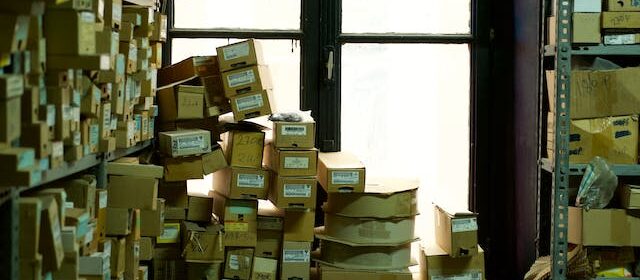Cleaning Out Your Home Before Christmas

With the holiday season just around the corner, there’s no better time to give your home a refreshing makeover than before Christmas. A clutter-free and organized space not only sets the stage for festive decorations but also creates a welcoming atmosphere for guests and family gatherings. In this guide, we’ll explore practical tips to help you declutter and clean out your home, ensuring it’s ready to shine during the most wonderful time of the year.
- Create a Plan:
Start by creating a decluttering plan. Identify key areas in your home that need attention, such as closets, storage rooms, and common areas. Break down the tasks into manageable chunks, making it easier to tackle the decluttering process one step at a time.
- Donate Unwanted Items:
As you go through your belongings, set aside items that you no longer need or use. Christmas is a season of giving, so consider donating gently used clothes, toys, and household items to local charities or shelters. Not only does this help those in need, but it also frees up space in your home.
- Pack Away Seasonal Decorations:
If you haven’t already, now is the time to sort through your holiday decorations. Dispose of any broken or worn-out items and organize the rest. Invest in storage containers to keep your decorations neatly packed, making it easy to find and use them next year.
- Deep Clean:
Once you’ve decluttered, it’s time for a deep clean. Dust and wipe surfaces, vacuum carpets, and mop floors. Pay special attention to overlooked areas like baseboards, light fixtures, and behind furniture. A clean home not only looks better but also contributes to a healthier living environment.
- Organize Storage Spaces:
Maximize your storage spaces by investing in organizers and containers. This is especially crucial in areas like the pantry, closets, and storage rooms. Proper organization not only makes finding items easier but also prevents clutter from accumulating in the future.
- Freshen Up Fabrics:
Give your home a cozy and inviting feel by freshening up fabrics. Wash curtains, throws, and pillow covers. Consider rotating cushions and throws to give your living spaces a new, festive look. A few small changes can make a big difference in the overall ambiance of your home.
- Check Safety Devices:
As part of your pre-Christmas cleaning routine, take a moment to check and replace the batteries in smoke detectors and carbon monoxide detectors. Ensuring these safety devices are in working order provides peace of mind during the holiday season when cooking and festive activities are in full swing.
Conclusion:
Cleaning out your home before Christmas not only enhances the festive spirit but also sets the stage for a joyous and stress-free holiday season. By decluttering, donating, and deep cleaning, you’re not only creating a welcoming space for guests but also starting the new year with a fresh and organized home. Embrace the process, play some cheerful holiday tunes, and transform your living space into a haven of warmth and celebration. After all, there’s no better gift you can give yourself and your loved ones than a clean and clutter-free home for the holidays.









